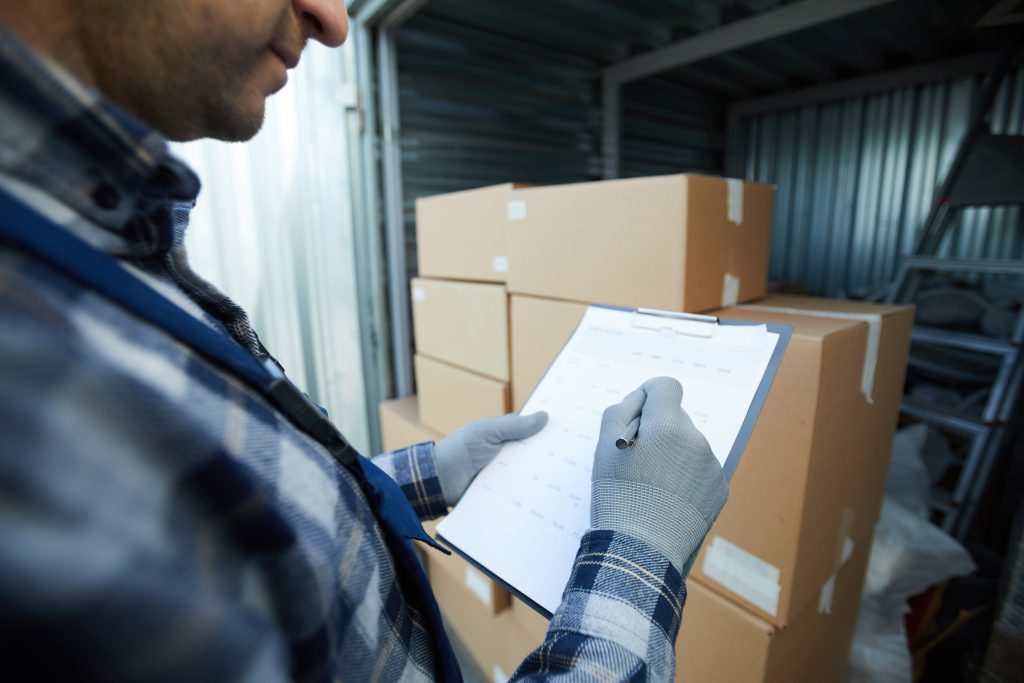Parameterization channels and their importance in customs clearance

Learn now which parameterization channels for customs clearance, understand about each of them and why to opt for the green channel.

Learn now which parameterization channels for customs clearance, understand about each of them and why to opt for the green channel.